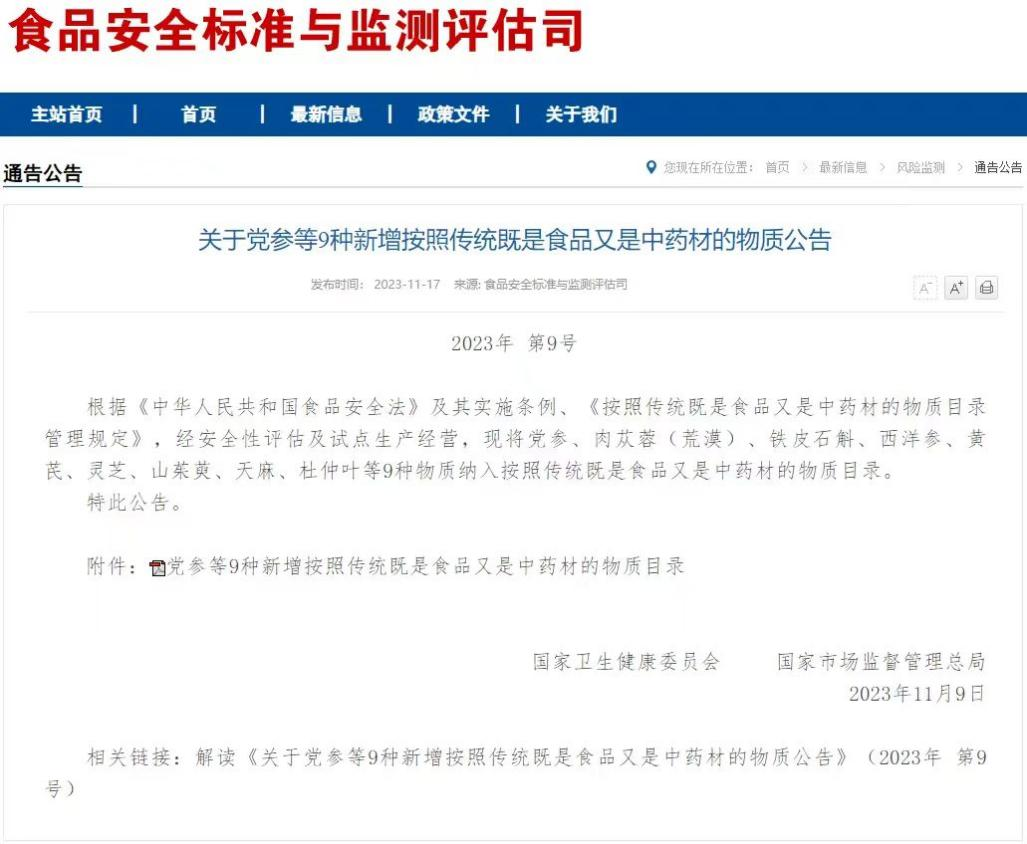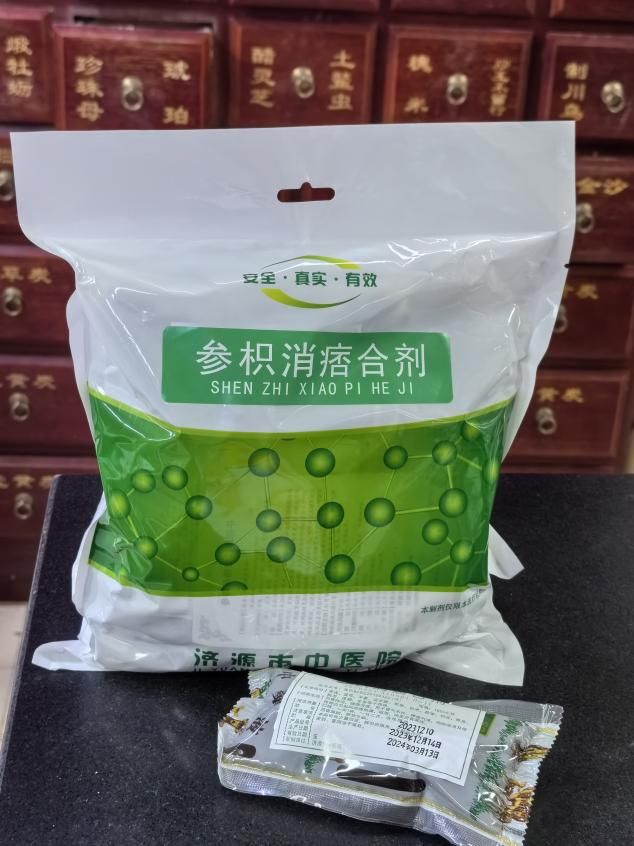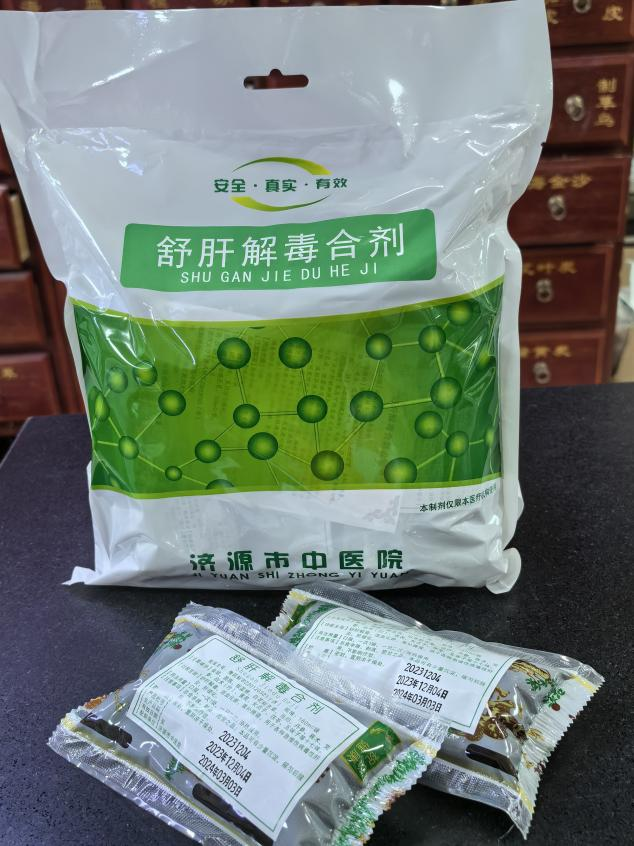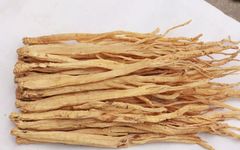{}
Click the blue text above to follow us


Recently, the National Health Commission and the State Administration for Market Regulation jointly announced the inclusion of nine substances, including Dang Shen (Codonopsis pilosula), Rou Cong Rong (Cistanche deserticola), Tie Pi Shi Hu (Dendrobium officinale), Xi Yang Shen (Panax quinquefolius), Huang Qi (Astragalus membranaceus), Ling Zhi (Ganoderma lucidum), Shan Zhu Yu (Cornus officinalis), Tian Ma (Gastrodia elata), and Du Zhong Ye (Eucommia ulmoides), into the list of substances that are both food and medicinal materials according to tradition.

Image source: National Health Commission
Today, let us learn about the food-medicine duality of Dang Shen (Codonopsis pilosula).
Dang Shen is the dried root of the plant from the Campanulaceae family, including Dang Shen (Codonopsis pilosula), Su Hua Dang Shen (Codonopsis pilosula var. modesta), or Chuan Dang Shen (Codonopsis pilosula var. chuanensis), known for its health benefits and is a traditional precious medicinal material.
Origin: Dang Shen and Su Hua Dang Shen are primarily produced in Gansu, Sichuan, and Shanxi; Chuan Dang Shen is mainly produced in Sichuan, Hubei, and Shaanxi.
Components: Dang Shen has high medicinal value. It contains Dang Shen saponins, glucose, inulin, polysaccharides, Dang Shen alkaloids, volatile oils, flavonoids, phytosterols, trace elements, and other components.
Effects: Dang Shen is neutral in nature and sweet in flavor, entering the spleen and lung meridians, with effects of strengthening the spleen and benefiting the lungs, nourishing blood, and generating fluids.
Indications: It is used for symptoms of spleen and lung qi deficiency, poor appetite, fatigue, cough with shortness of breath, insufficient qi and blood, pale complexion, palpitations, shortness of breath, thirst due to fluid damage, and internal heat leading to thirst.
Dosage: Dang Shen is typically decocted for internal use, with a common adult dosage of 9-30g per day. It can be made into pills, powders, or decoctions.
Currently, our hospital has formulations containing Dang Shen, including Shen Zhi Xiao Pi He Ji and Shu Gan Jie Du He Ji.

Shen Zhi Xiao Pi He Ji is composed of 14 herbs including Ban Xia (Pinellia ternata), Huang Lian (Coptis chinensis), Zhi Shi (Aurantii Fructus), Bai Zhu (Atractylodes macrocephala), Chen Pi (Citrus reticulata), Dang Shen (Codonopsis pilosula), Zhi Gan Cao (Glycyrrhiza uralensis), etc. It has the efficacy of harmonizing the stomach and descending counterflow, strengthening the spleen and resolving stagnation.

Shu Gan Jie Du He Ji is composed of 17 herbs including Chai Hu (Bupleurum chinense), Yin Chen (Artemisia capillaris), Ban Lan Gen (Isatis indigotica), Dang Gui (Angelica sinensis), Dang Shen (Codonopsis pilosula), Chao Bai Zhu (Atractylodes macrocephala), etc. It has the efficacy of soothing the liver, detoxifying, invigorating blood circulation, and tonifying the spleen and kidneys.
Dang Shen can not only be used as a qi-tonifying herb but also for making tea, porridge, or soup.
Here are some commonly used dietary therapy methods with Dang Shen for your selection.
1. For fatigue and cough due to lung and spleen qi deficiency.
500g of Dang Shen, 500g of Bei Sha Shen (Glehnia littoralis), 120g of longan flesh.
Decoct in water until concentrated, then store in a porcelain container. Take 1 tablespoon with hot water.
2. For lower back pain, shortness of breath, and palpitations due to qi and blood deficiency.
10g each of Dang Shen (Codonopsis pilosula), Dang Gui (Angelica sinensis), and Shan Yao (Dioscorea opposita), 500g of pig kidneys, soy sauce, vinegar, ginger, garlic, and sesame oil to taste.
Wash the Dang Gui, Dang Shen, and Shan Yao and place them in a pot with the pig kidneys, add appropriate water, and simmer until the kidneys are fully cooked. Add soy sauce, vinegar, ginger, garlic, sesame oil, and other seasonings to taste. Consume regularly with meals.
3. For fatigue, drowsiness, facial swelling, poor appetite, and loose stools.
3g of Dang Shen, 3g of Huang Qi (Astragalus membranaceus), 200g of chicken, 1000g of winter melon, salt, and cooking wine to taste.
Shred the chicken and cut the winter melon into pieces. Place the winter melon, chicken, Dang Shen, Huang Qi, salt, cooking wine, and MSG in a soup bowl, add appropriate water, and steam until cooked. Consume regularly with meals.

Precautions for using Dang Shen

1. Avoid use in cases of qi stagnation, fullness with real fire; contraindicated in cases of damp-heat syndrome or febrile diseases.
2. Not suitable for use alone in cases of true deficiency with evil excess.
3. Should not be used with Li Lu (Veratrum).
4. Avoid eating radishes while taking.
5. Use with caution in individuals with excessive qi and blood, children, and pregnant women.
Text by: Yan Junling (Formulation Room)
Edited by: Wang Yiping
Reviewed by: Li Yanpeng

Disclaimer | Any content on this website sourced from other media is reprinted, and the copyright belongs to the original author. Reprinting is for sharing purposes only, and the views expressed in the article do not represent the views of Jiyuan Traditional Chinese Medicine Hospital. If there is any infringement, please contact us promptly at: 0391—6669942.



